
Efsitora (efsitora alfa) from Eli Lilly met its primary endpoint of non-inferior A1C reduction compared to insulin degludec and insulin glargine in 2 phase 3 studies.

Efsitora (efsitora alfa) from Eli Lilly met its primary endpoint of non-inferior A1C reduction compared to insulin degludec and insulin glargine in 2 phase 3 studies.

The expertise of health system specialty pharmacists, combined with better adherence and better affordability, leads to better patient outcomes.
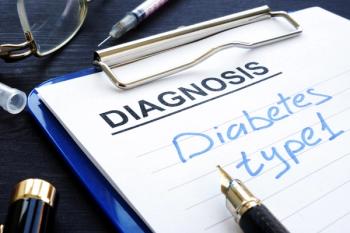
Researchers addressed the association of sleep quality and dietary intakes for patients with type 1 diabetes who use insulin pumps and continuous glucose monitoring.

Overall, older adults with diabetes faced a 53% higher risk of developing at least 1 functional limitation during the pandemic compared to older adults without diabetes.

With the judge’s failure to approve a settlement class, a $13.5 million settlement against Eli Lilly was called off.

A study from the Karolinska Institutet found that 76 out of 145410 patients treated with a GLP-1 developed thyroid cancer during nearly 4 years of follow-up.

After semaglutide and tirzepatide were approved, and ozempic use continues to rise, Medicare spending is also increasing because of a high demand for GLP-1 therapies.

Medication therapy management can also increase the likelihood of using statins in this population.

The latest guidelines advise managing obesity first, then treating a patient’s other conditions to produce optimal outcomes.

See what's trending in pharmacy with a preview the Drug Topics March issue.

The implementation of targeted educational interventions might improve knowledge gaps, which pose great risk to patients, in type 2 diabetes (T2D) management.

Positive results from the FLOW trial demonstrate the potential for Ozempic to become the first GLP-1 treatment option for people living with type 2 diabetes and chronic kidney disease.
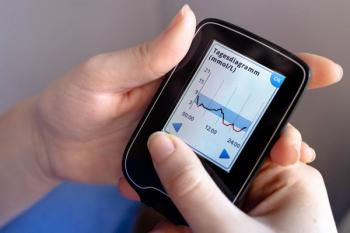
If approved, KnowU will become the world’s first non-invasive blood glucose monitor introduced to the global marketplace.

As acute and chronic diabetes complications increase, particularly among younger and socioeconomically disadvantaged populations, out-of-pocket costs remain a barrier to accessing essential medications.

Despite previously suggested benchmarks, investigators found that spending less time-in-range (TIR) can still improve maternal and perinatal outcomes among pregnant patients with type 1 diabetes (T1D).

A new study found that over a quarter of participants with type 1 daiebets exhibited clinically relevant levels of posttraumatic stress symptoms related to a diabetes event that they experienced.

Although diabetes mortality rates were stable in the Americas over the past 2 decades, the actual number of diabetes-related deaths is rising.

Investigators found that the non-pharmacological interventions were significantly effective at improving HbA1c, quality of life, anxiety, and blood glucose.
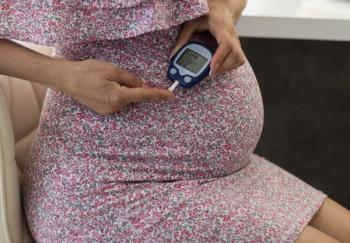
A recent study found that patients with pre-gestational diabetes reported higher levels of both borderline and abnormal anxiety compared to patients with gestational diabetes.

Smartphone apps were effective at promoting weight loss and reducing BMI, but had no impact on HbA1c levels or waist circumference.

A study found that patients with type 2 diabetes who showed evidence of any remission had a 33% lower rate of chronic kidney disease, and a 40% lower rate of the composite cardiovascular disease measure.
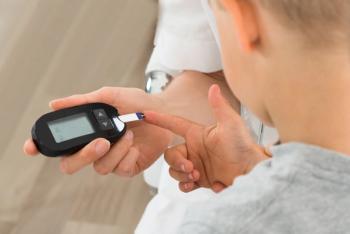
Compared with an HbA1c level of 5.5%, adolescents with overweight or obesity were 72 times more likely to have type 2 diabetes if their HbA1c was 6.3% to 6.4%.

Through interactive lessons, skill-building modules and weekly goal setting and tracking, AspyreRx allows patients to connect changes in behavior to improvements in blood sugar and other biometrics.

By getting involved in patient care, pharmacists can help alleviate the burdens associated with the self-management of type 2 diabetes (T2D).
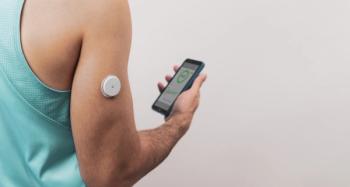
Patients using a predictive alarm saw a reduction of more than 40% in time spent below range in hypoglycemia and more than 60% in time spent in severe hypoglycemia.